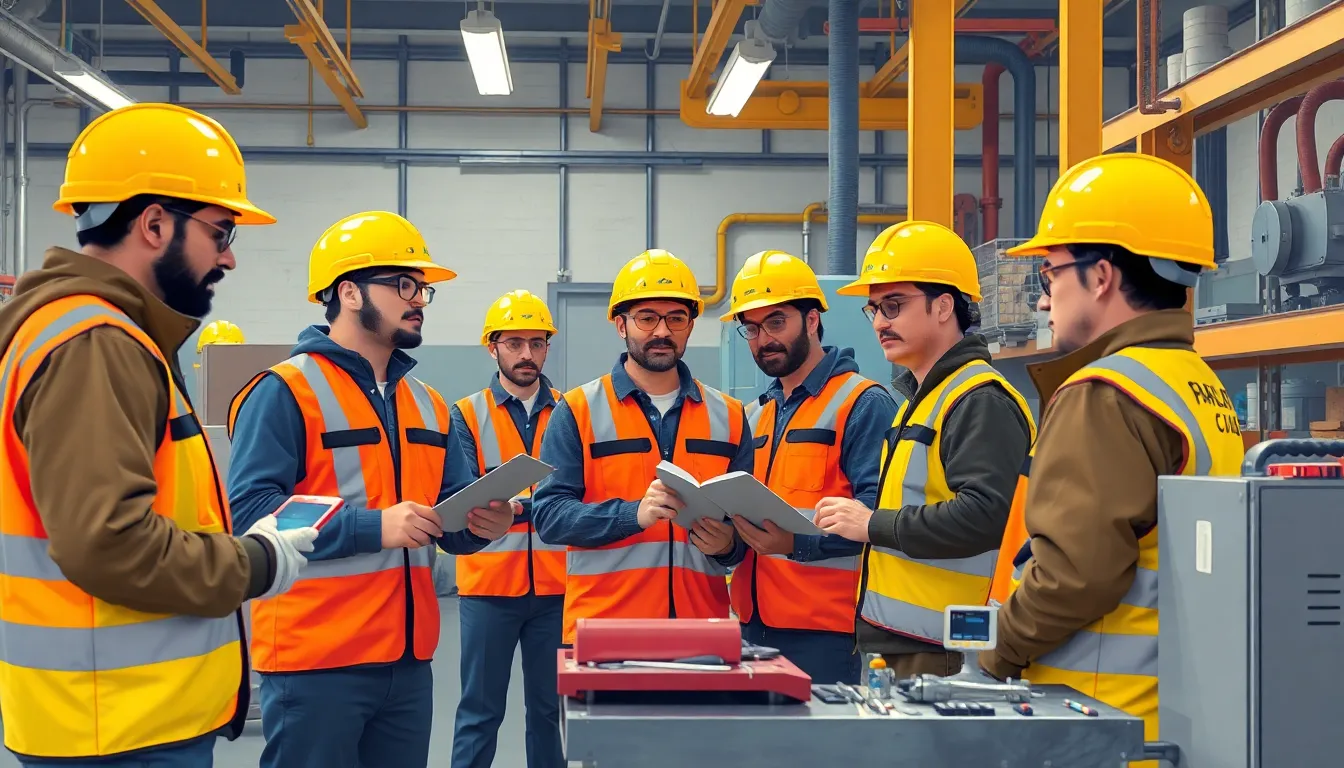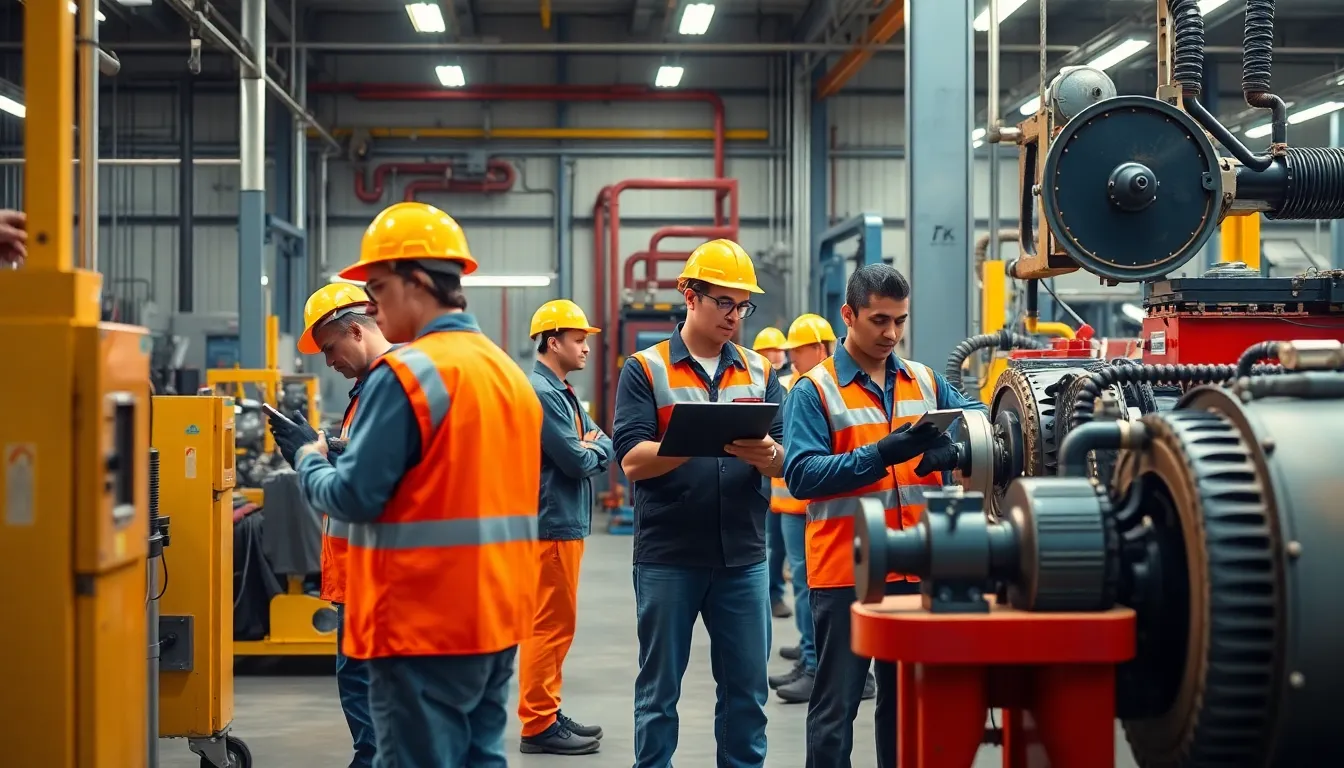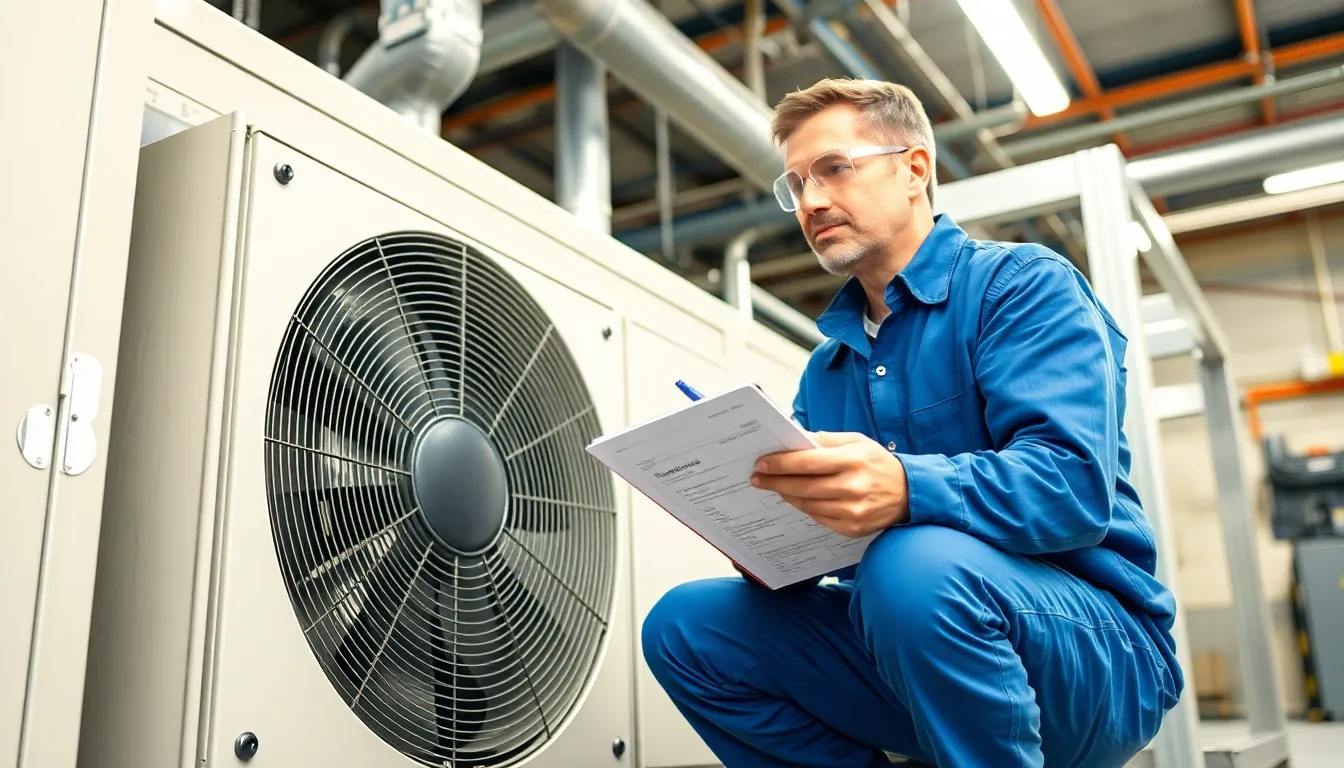Every machine has its quirks, just like your uncle who insists on wearing socks with sandals. To keep things running smoothly, preventative maintenance checklists are the unsung heroes of the equipment world. They ensure that everything from your trusty coffee maker to that ancient HVAC system runs like a well-oiled machine—minus the grease stains.
Imagine dodging costly repairs and unexpected breakdowns with a simple checklist in hand. It’s like having a crystal ball that reveals the future of your equipment’s health. By embracing these checklists, businesses can save time, money, and a whole lot of headaches. So, buckle up and get ready to discover how a little planning can go a long way in keeping your operations humming along.
Table of Contents
ToggleImportance Of Preventative Maintenance Checklists
Preventative maintenance checklists play a crucial role in ensuring optimal equipment performance. These tools help identify potential issues before they escalate into costly repairs. Managers can streamline operations by relying on systematic inspections, leading to improved efficiency. Regular use of these checklists minimizes downtime, allowing businesses to maintain productivity.
Checklists enhance accountability within teams. They guide maintenance staff in executing tasks consistently, reducing the risk of human error. Each checklist item serves as a reminder that certain equipment requires attention, helping to avoid oversight.
The financial benefits associated with preventative maintenance are significant. Regular maintenance can decrease unexpected breakdowns, leading to lower repair costs over time. Companies that implement this strategy often experience less financial strain, ensuring smoother budgeting.
Safety also improves with the use of these checklists. Regular inspections help identify hazards, ensuring compliance with industry regulations. Workers benefit from a safer work environment, ultimately enhancing morale and productivity.
Avoiding last-minute repairs is another advantage of using preventative maintenance checklists. Proactive measures provide a structured approach to equipment management, allowing for better scheduling of maintenance activities. Predictable maintenance timelines contribute to long-term operational stability.
Data shows businesses that adopt preventative maintenance checklists often increase their return on investment. By preventing major equipment failures, organizations can allocate resources more effectively and plan for future growth.
Key Components Of Preventative Maintenance Checklists


Preventative maintenance checklists consist of essential tasks and schedules that ensure efficient operation of equipment. Each component contributes significantly to overall organizational performance.
Tasks To Include
Key tasks often found in these checklists encompass lubrication, cleaning, inspections, and testing. These actions promote reliability and functionality in machinery. Schedule routine inspections for wear and tear, as this helps in early problem identification. Incorporate tasks relevant to each piece of equipment, ensuring consistent performance across various machines. Remember to include safety checks, as they play a vital role in maintaining a safe work environment. Regular training for staff on these tasks enhances overall preparedness for maintenance activities.
Frequency Of Maintenance
The frequency of maintenance activities directly influences equipment longevity and reliability. Regular schedules might vary based on machinery type, usage, and manufacturer recommendations. Daily tasks often include visual inspections for leaks or vibrations, while weekly tasks can entail more in-depth checks, like filter replacements and fluid levels. Monthly or quarterly tasks might focus on comprehensive evaluations, ensuring efficient performance. Prioritizing these timelines aids in aligning with business operations and minimizing unexpected breakdowns. The goal is to establish a proactive maintenance culture that supports operational efficiency and timely repairs.
Benefits Of Using Preventative Maintenance Checklists
Preventative maintenance checklists offer numerous advantages for businesses looking to enhance operational efficiency and minimize risks. By implementing these checklists, organizations can experience significant cost savings and increased equipment lifespan.
Cost Savings
Cost savings arise from the systematic approach of preventative maintenance. Regular maintenance activities cut down on unexpected repairs, which often incur higher expenses. Businesses save money by addressing minor issues before they develop into major problems. In addition, routine checkups can extend the performance of equipment, further reducing financial strain. For instance, information from industry studies indicates that companies realize a return on investment of 10% to 20% annually by adopting structured maintenance practices. Overall, spending on preventative maintenance often proves less costly than reactive measures.
Increased Equipment Lifespan
Increased equipment lifespan results from the consistent upkeep provided by preventative maintenance checklists. Regular inspections and timely servicing can significantly prolong the operational efficiency of machinery. Equipment experiences less wear and tear when subjected to systematic maintenance routines. Many machines can last 20% to 50% longer with preventative measures in place, according to maintenance research. Additionally, this approach minimizes breakdown frequency, allowing machinery to operate at peak performance for extended periods. Businesses benefit from the long-term reliability that regular checklists encourage, enabling smoother operations and reduced capital expenditure on replacements.
Implementing Preventative Maintenance Checklists
Implementing preventative maintenance checklists requires strategic planning and training.
Training Staff
Training staff plays a crucial role in effectively implementing checklists. Conducting regular training sessions ensures that employees understand their responsibilities concerning the checklists. Familiarizing them with specific tasks enhances their confidence and proficiency. Encouraging open discussions about challenges promotes a culture of learning. Providing hands-on experience with equipment reinforces their skills and builds accountability. Regularly updating training materials keeps everyone informed about new procedures and technologies, which supports long-term operational success.
Tracking & Documentation
Tracking and documentation serve as key elements in the implementation process. Maintaining detailed records of maintenance activities allows teams to monitor equipment performance over time. Utilizing software solutions can streamline documentation, making data easily accessible and actionable. Reviewing maintenance history helps identify recurring issues and trends. Establishing a consistent schedule for updates ensures that documentation reflects current practices. Accurate records also facilitate compliance with industry regulations, contributing to improved safety standards. These actions ultimately support efficient decision-making and enhance overall operational efficiency.








